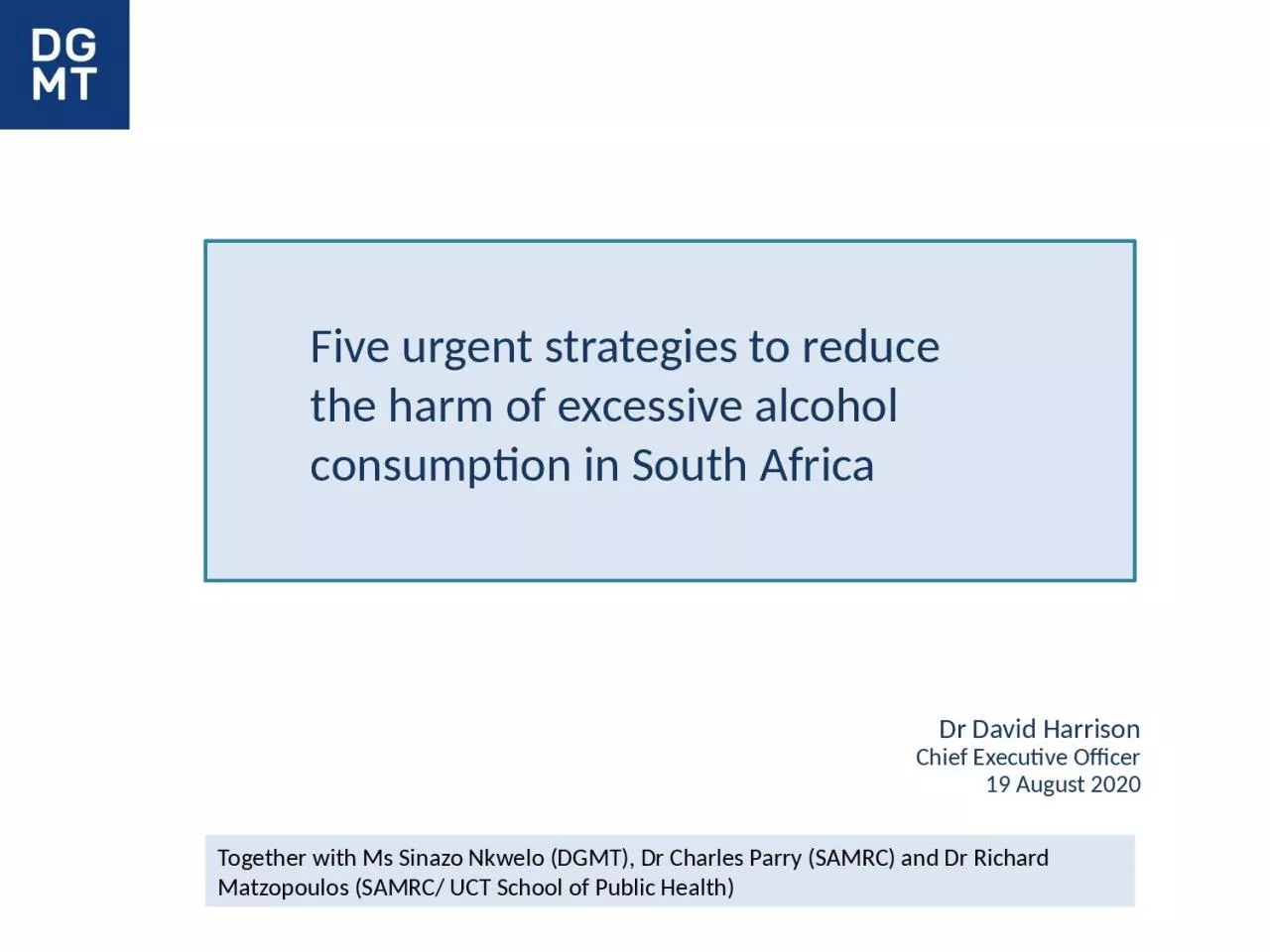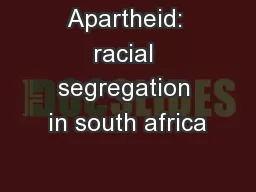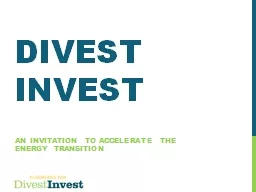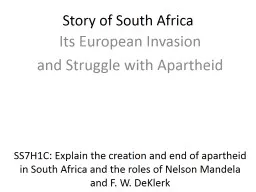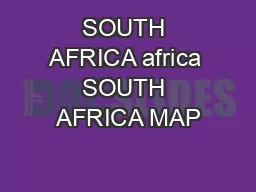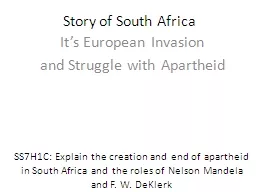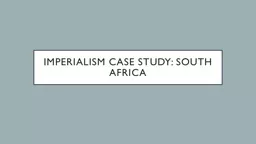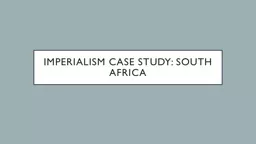PPT-Invest in South Africa’s potential
Author : leah | Published Date : 2022-06-18
The legacy of Douglas and Eleanor Murray Dr David Harrison Chief Executive Officer 19 August 2020 Five urgent strategies to reduce the harm of excessive alcohol
Presentation Embed Code
Download Presentation
Download Presentation The PPT/PDF document "Invest in South Africa’s potential" is the property of its rightful owner. Permission is granted to download and print the materials on this website for personal, non-commercial use only, and to display it on your personal computer provided you do not modify the materials and that you retain all copyright notices contained in the materials. By downloading content from our website, you accept the terms of this agreement.
Invest in South Africa’s potential: Transcript
Download Rules Of Document
"Invest in South Africa’s potential"The content belongs to its owner. You may download and print it for personal use, without modification, and keep all copyright notices. By downloading, you agree to these terms.
Related Documents

